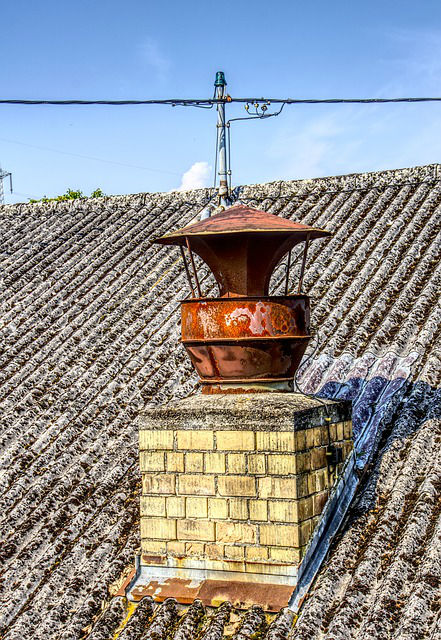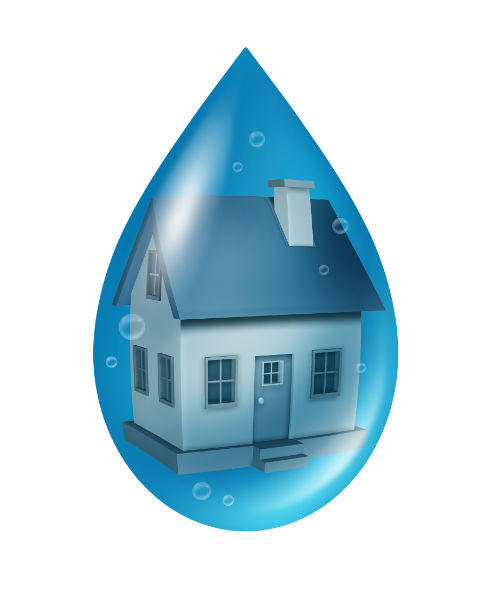
by Renee Brigman | Jul 31, 2018 | Chimney Maintenance
Staining on your chimney may be one home improvement project that can prove to be difficult to figure out by yourself. Discoloration on a chimney doesn’t usually happen because of old age or use. It’s typically a warning that there is an underlying problem. The color...
by Renee Brigman | Jul 16, 2014 | Chimney Maintenance
Chimneys sure are high, but they are not necessarily dry. As one of Upstate South Carolina’s premier chimney service companies, those of us at Blue Sky Chimney Sweeps see water as your chimney’s biggest adversary. Unfortunately, it’s not at all difficult for water to...

by Renee Brigman | Dec 31, 2013 | Chimney Maintenance
We certainly get some interesting weather in South Carolina—hurricane leftovers, rain, and humidity among them. If you’ve got a masonry chimney, it’s going to be especially susceptible to water, since it’s made of porous materials. You can avoid costly repairs by...



